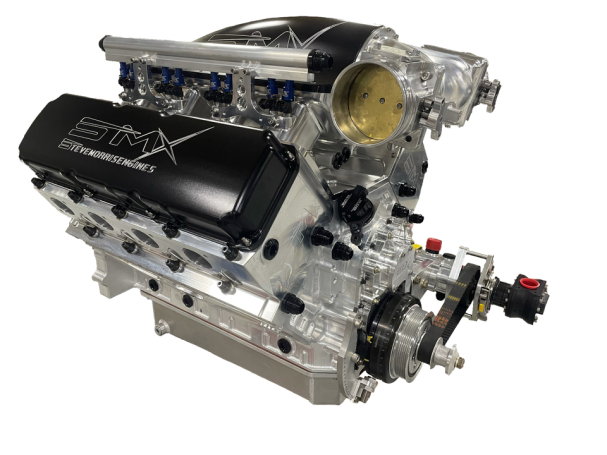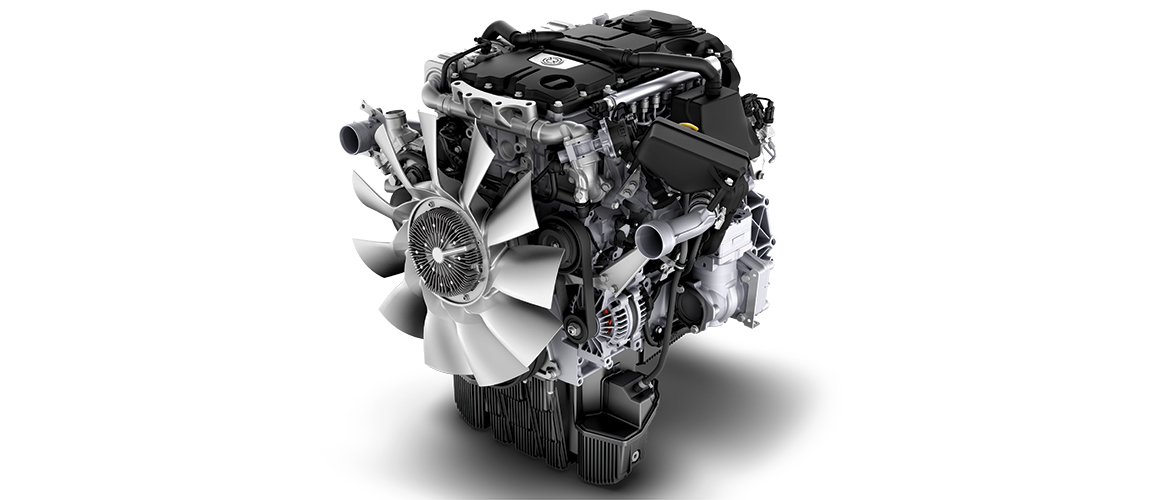The Pursuit for Ultimate Driving Power: Investigating the Pinnacle of Engine Efficiency and Technological Advancements in the Automotive Field
In the world of auto design, the search of optimum driving power has actually been a relentless quest that has unfolded through the development of engine layout and the assimilation of cutting-edge technologies. From the meticulous craftsmanship of combustion engines to the fast improvements in electrical propulsion systems, the vehicle market stands at the cusp of a new age defined by unmatched performance capabilities.
Evolution of Engine Layout

In addition, the integration of turbocharging and supercharging modern technologies has changed engine style by boosting power without dramatically enhancing engine size. These forced induction systems press the consumption air, permitting for more gas to be combusted, therefore creating higher power result from a smaller sized engine. This development has actually been specifically vital in enhancing the performance of smaller displacement engines while preserving gas performance standards.

Performance-Enhancing Gas Technologies
The execution of sophisticated gas technologies has actually considerably added to boosting engine performance in modern-day cars. Biofuels, acquired from renewable sources like algae, sugarcane, or corn, offer reduced exhausts and enhanced engine efficiency. Furthermore, fuel ingredients and detergents are being formulated to clean engine parts, maximize combustion, and lower friction, thus enhancing overall car performance.
Advancements in Electric Propulsion
Considerable strides in electrical propulsion modern technology have actually revolutionized the vehicle sector, paving the method for a brand-new period of lasting and reliable transportation. Electric automobiles (EVs) are getting appeal as a result of their ecological advantages and improvements in battery technology, allowing longer driving ranges and shorter charging times. Suppliers are spending heavily in r & d to improve the performance of electrical propulsion systems, concentrating on enhancing power outcome, enhancing power performance, and reducing general weight.
One significant advancement in electric propulsion is the development of innovative electrical motors that deliver higher torque and power thickness, leading to improved velocity and general driving efficiency. In addition, regenerative stopping systems have been improved to save and catch energy throughout deceleration, more boosting the performance of EVs.
Additionally, the assimilation of wise innovations, such as man-made knowledge and predictive analytics, is optimizing the management of electrical propulsion systems, making certain optimal performance under numerous driving problems. These developments in electric propulsion are reshaping the automotive landscape, driving the sector in the direction of a much more sustainable and amazed future.
Influence of Computational Liquid Characteristics
With developments in electric propulsion pushing the boundaries of auto technology, the integration of Computational Liquid Dynamics is playing a crucial function click this in optimizing wind resistant performance and boosting total effectiveness in vehicle style. Computational Fluid Dynamics (CFD) involves using computer system simulations to evaluate the flow of air around a vehicle, making it possible for designers to predict exactly how design modifications will impact the rules of aerodynamics without the demand for costly physical prototypes. By precisely modeling airflow patterns, CFD allows for the improvement of automobile forms to lower drag, enhance cooling, and boost stability.
One key benefit of utilizing CFD in automobile style is the ability to repeat rapidly, discovering various layout variants to identify one of the most aerodynamically reliable services. This repetitive procedure causes lorries that are not just sleeker and more aesthetically enticing but also more fuel-efficient and eco-friendly. Moreover, CFD makes it possible for designers to optimize airflow around components such as radiators, engine bays, and wheel wells, contributing to improved performance and overall driving experience. Finally, the assimilation of Computational Fluid Dynamics represents a significant advance in the quest for utmost driving power and performance in the automotive market.
Future Fads in Engine Development
In the dynamic landscape of automotive engineering, cutting-edge developments are forming the future trajectory of engine technology. The future Learn More of engine layout is marked by a strong focus on effectiveness, sustainability, and efficiency. Suppliers are significantly concentrating on developing engines that not only provide high power results however also focus on environmental obligation by decreasing exhausts and boosting gas effectiveness.
One noticeable trend in engine technology is the rise of electrification. Hybrid and electrical powertrains are gaining grip as viable choices to standard burning engines. These innovations offer the potential for substantial decreases in carbon discharges and increased energy effectiveness, lining up with international initiatives to combat climate modification.
Moreover, advancements in materials science and manufacturing methods are allowing the manufacturing of lighter and extra sturdy engine components. This shift towards lightweight materials such as carbon fiber and aluminum alloys contributes to improved performance and fuel economic climate.
Verdict
To conclude, the pursuit of supreme driving power in the automobile market remains to drive improvements in engine style, gas innovations, electrical propulsion, and computational liquid characteristics. The advancement of these technologies is forming the future of engine development, paving the means for extra effective and effective cars (engines for africa). As the industry remains to press the borders of what is feasible, we can expect to see much more groundbreaking growths in the pursuit for peak efficiency
One of the vital landmarks in engine layout advancement is the shift from conventional carbureted engines to modern fuel-injected systems. By precisely metering the gas distribution to each cyndrical tube, fuel-injected engines maximize burning, resulting in far better performance and decreased environmental impact.
Furthermore, the integration of turbocharging and supercharging technologies has actually changed engine design by increasing power without considerably increasing engine dimension (engines for africa).The execution of sophisticated fuel technologies has look at these guys actually substantially contributed to enhancing engine efficiency in contemporary cars. Additionally, gas additives and cleaning agents are being created to clean engine elements, maximize burning, and decrease rubbing, consequently boosting general vehicle efficiency
Comments on “Engines for Africa: Your Ultimate Automobile Components Shop for High Quality Car Parts”